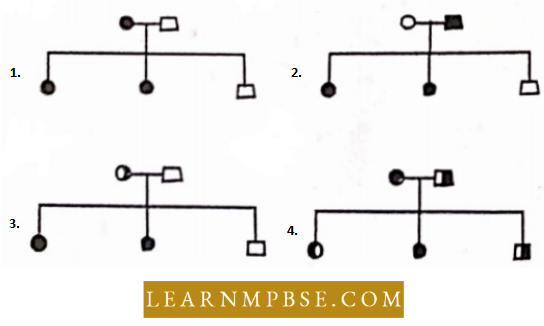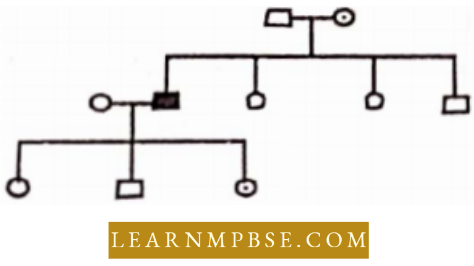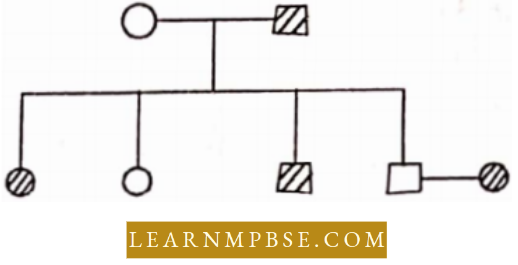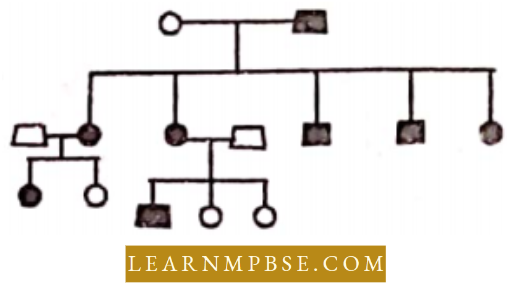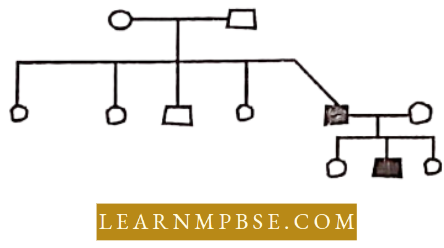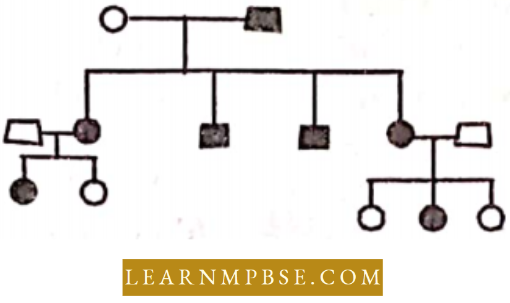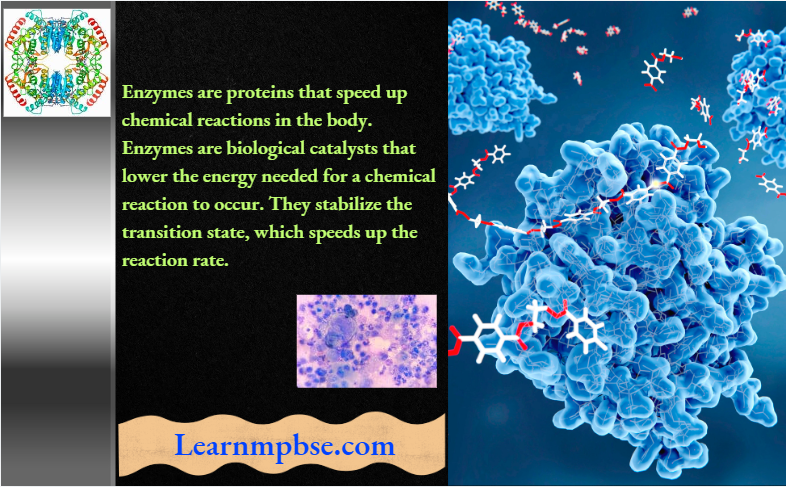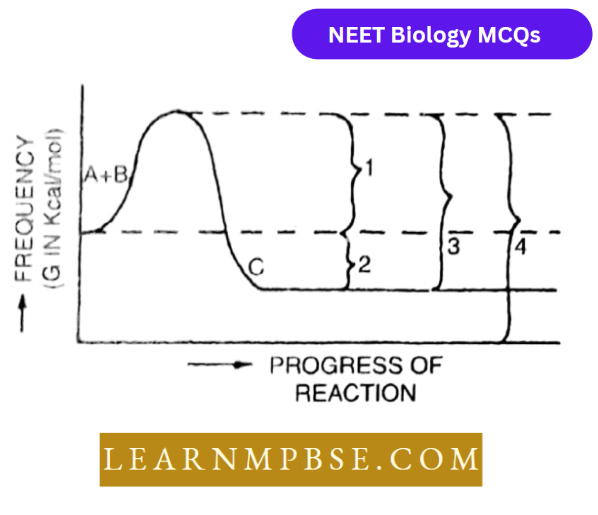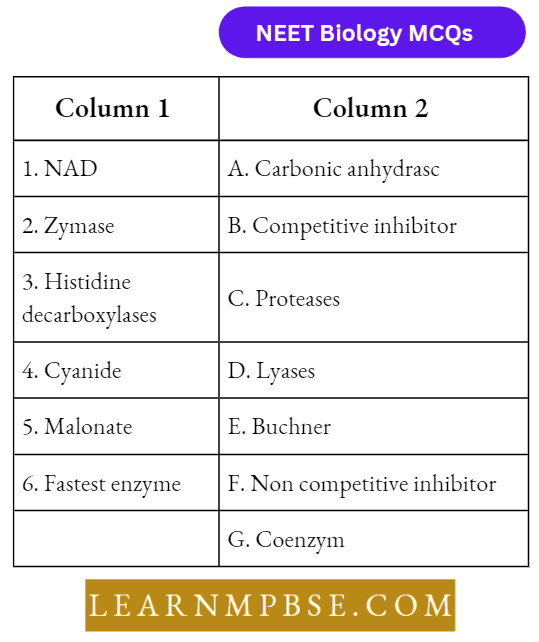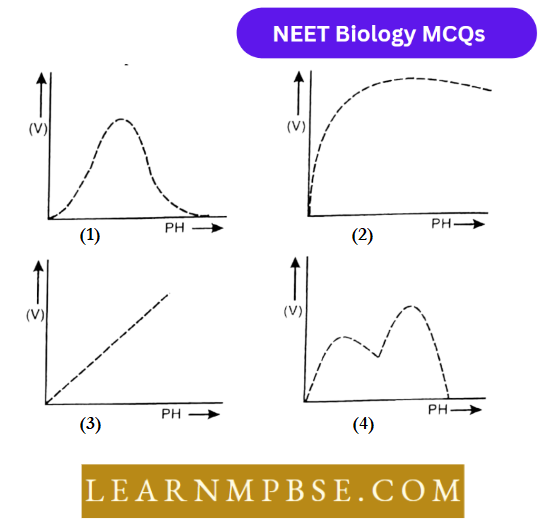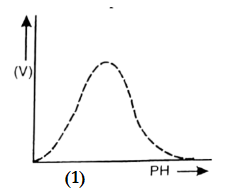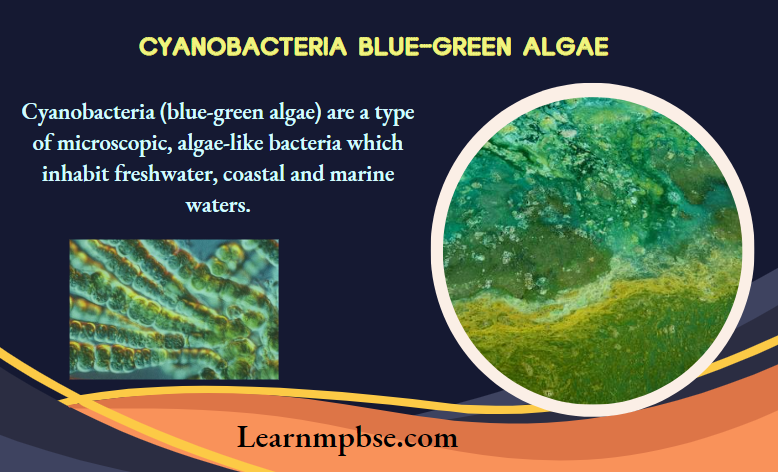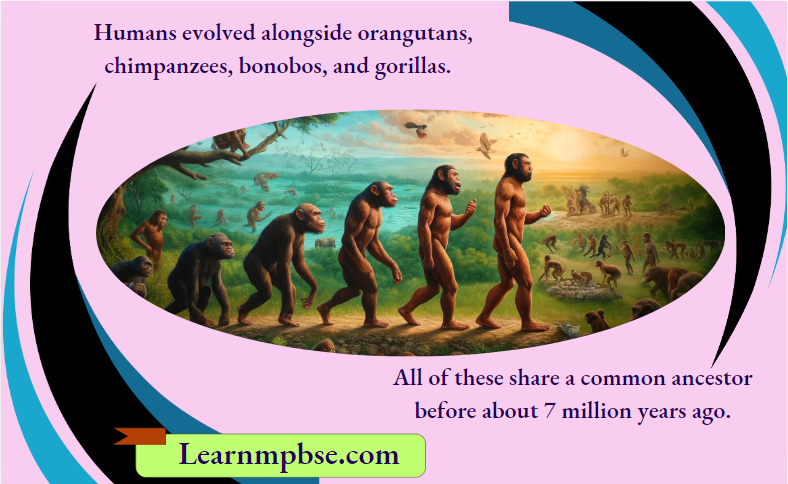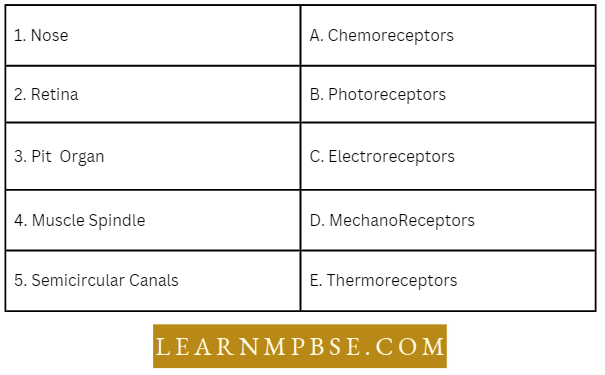NEET Biology Evidence Of Evolution Multiple Choice Questions And Answers
Question 1. Homologous organs are:
- Constructed on a similar plan of organization and embryonic development
- Morphologically similar
- Functionally identical
- None of the above.
Answer: 1. Constructed on a similar plan of organization and embryonic development
Question 2. Analogous organs are those which are:
- Structurally identical
- Functionally similar
- Both structurally and functionally resemble each other
- Normally not functional.
Answer: 2. Functionally similar
Question 3. One of the following is not a vestigial organ:
- Vermiform appendix
- Wisdom tooth
- Epiglottis
- Scalp hair.
Answer: 3. Epiglottis
Evolution Zoology NEET Practice Questions MCQs Question 4. Biogenetic law was given by:
- Hooke
- Hymen
- Haeckel
- Darwin.
Answer: 3. Haeckel
Question 5. Vestigial organs are those:
- Which were functional long ago but became non-functional now
- Rudimentary in development
- Degenerated now
- Functional at present but reduced.
Answer: 1. Which were functional long ago but became non-functional now
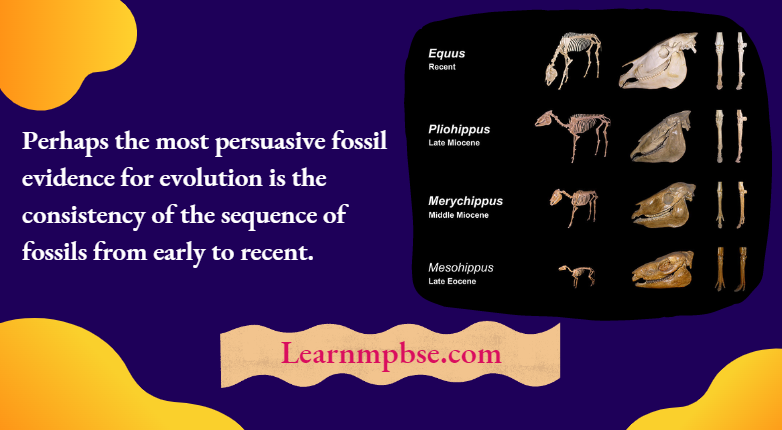
Question 6. The earliest age in the geological record is:
- Cenozoic
- Precambrian
- Palaeozoic
- Mesozoic.
Answer: 2. Precambrian
Question 7. The Carboniferous period during which amphibians flourished occurred approximately:
- 25 million years ago
- 135 million years ago
- 345 million years ago
- 500 million years ago.
Answer: 3. 345 million years ago
Read and Learn More NEET Biology Multiple Choice Question and Answers
Question 8. The Permian period, during which most modem orders of insects appeared, occurred approximately:
- 80 million years ago
- 135 million years ago
- 280 million years ago
- 550 million years ago.
Answer: 3. 280 million years ago
Evolution Zoology NEET Practice Questions MCQs Question 9. Macroevolution is the evolution of:
- Macromolecules
- Phylogenetic gaps
- Major events occurring over geologic time
- Large organisms.
Answer: 3. Major events occurring over geologic time
Question 10. A structure, such as a feather that evolved in one context and was then used for a completely new function is a:
- Mystery to macro evolutionists
- Pre-adaptation
- Macrostructure
- Paedomorphs.
Answer: 2. Pre-adaptation
Question 11. Retention in an adult organism of juvenile features of its ancestor is known as:
- Allometiy
- Preadaptation
- Macro-development
- Paedomorphosis.
Answer: 4. Paedomorphosis.
Question 12. The wings of a bird and the forelegs of the horse are:
- Analogous organs
- Homologues
- Vestigial structure
- Phylogenetic structure.
Answer: 2. Homologues
Question 13. The pelvis and the leg bones of a snake are:
- Analogous organs
- Homologous structures
- Vestigial structure
- Phylogenetic structure.
Answer: 3. Vestigial structure
Question 14. The best test of the relatedness of the species is in the similarity of their:
- Anatomy
- DNA and proteins
- Development
- Courtship behaviour.
Answer: 2. DNA and proteins
Question 15. George Cuvier realized that the history of life is recorded in fossils and believed that replace of one species by another is caused by:
- Massive number of mutations
- The wrath of God
- Extinctions due to catastrophes such as floods
- Genetic inbreeding.
Answer: 3. Extinctions due to catastrophes such as floods
Question 16. Most fossils are found in:
- Granite
- Sedimentary rocks
- Lava flows
- Black soil.
Answer: 2. Sedimentary rocks
Evolution Zoology NEET Practice Questions MCQs Question 17. Of all the living species that ever lived approximately how many have gone extinct?
- Less than 1%
- 20%
- 60%
- More than 99%.
Answer: 4. More than 99%.
Question 18. For the origin of life, most important condition is:
- H2O
- Carbon
- Nitrogen
- Free oxygen.
Answer: 1. H2O
Question 19. The richest source of fossils is:
- Basalt
- Granite
- Lava
- Sedimentary rocks.
Answer: 4. Sedimentary rocks.
Question 20. The fossil animals which show characters of two different groups of animals are called as:
- Extinct animals
- Missing links
- Vestigial animals
- None of these.
Answer: 2. Missing links
Question 21. The Haeckel’s theory of recapitulation (Biogenetic Law) means that:
- All organisms start as an egg
- Life history of an animal reflects its evolutionary history
- The progeny of an organism resembles its parents
- Body parts once lost are regenerated.
Answer: 2. Life history of an animal reflects its evolutionary history
Question 22. Who established the precipitation method of blood tests for finding out the inter-relationship among different animals:
- Haeckel
- Foxon
- L. De Vinci
- H.F. Nuttal.
Answer: 4. H.F. Nuttal.
Question 23. The connecting link between chordates and non- chordates is:
- Peripatus
- Balanoglossus
- Sphenodon
- Tachyglossus.
Answer: 2. Balanoglossus
Evidences for Evolution MCQ Question 24. Which of the following would be easily fossilized?
- External ear
- Heart
- Skin
- Tooth.
Answer: 4. Tooth.
Question 25. Which of the following is a living fossil?
- Euglena
- Balanoglossus
- Sycon
- Limulus.
Answer: 4. Limulus.
Question 26. The archaeozoic era is considered as the age of:
- Protista
- Marine life
- Amphibians
- Fishes.
Answer: 1. Protista
Question 27. Geologically one of the following eras is known as the ‘Age of Reptiles’ or the ‘Golden Age of Dinosaurs.’
- Palaeozoic
- Cenozoic
- Mesozoic
- Psychozoic.
Answer: 3. Mesozoic
Question 28. Appearance of teeth in the embryos of birds is an example of:
- Vestigial organs
- Ontogeny repeats phylogeny
- Atavism
- Speciation.
Answer: 2. Ontogeny repeats phylogeny
Question 29. Archaeopteryx is a missing link between:
- Reptiles and birds
- Reptiles and mammals
- Birds and mammals
- None of these.
Answer: 1. Reptiles and birds
Question 30. Dinosaurs are extinct:
- Reptiles
- Mammals
- Birds
- Amphibians.
Answer: 1. Reptiles
Question 31. Some of the important evidences of organic evolution are:
- Occurrence of homologous and vestigial organs
- Occurrence of analogous and vestigial organs
- Occurrence of homologous and analogous organs
- Occurrence of analogous organs only.
Answer: 1. Occurrence of homologous and vestigial organs
Evolution MCQ For NEET Biology With Answers Question 32. Which of the following is not a vestigial organ in man?
- Vermiform appendix
- Plica semilunaris
- Ear muscles
- Epiglottis.
Answer: 4. Vermiform appendix
Question 33. Which of the following are the examples of analogous structures?
- Leaves of a plant and cladodes of Ruscus
- Wings of an insect and wings of bird
- Hands of man, monkey and kangaroo
- Both (1) and (2).
Answer: 4. Both (1) and (2).
Question 34. Blood groups A, B, AB and O occur in humans. The blood groups A and B are found in apes but not in monkeys. This suggests that:
- Humans, monkeys and apes are related
- Human beings are more closely related to apes
- Human beings are more closely related to monkeys
- Human beings are more closely related to apes than to monkeys.
Answer: 4. Human beings are more closely related to apes than to monkeys.
Question 35. Which one of the following is homologous?
- Tails of scorpion, bird and monkey
- Stings of bees, scorpions and fangs of monkey
- Wings of butterflies, flying fish and bird
- Paddles of whale, antis of man and wings of bat.
Answer: 4. Paddles of whale, antis of man and wings of bat.
Question 36. Which of the following illustrates palaeontological evidence in favour of organic evolution?
- Archaeopteryx
- Peppered moth
- Duck-billed platypus
- Darwin’s finches.
Answer: 1. Archaeopteryx
Question 37. Evolutionary changes occurring in distantly related organisms are classified as:
- Parallel evolution
- Divergent evolution
- Convergent evolution
- Macro-evolution.
Answer: 3. Convergent evolution
Evolution MCQ For NEET Biology With Answers Question 38. Which of the following are homologous?
- Passijlora tendril and Bougainvillea thorn
- Insect wing and bird wing
- Tortoiseshell and mollusc shell
- Sweet potato and Ginger.
Answer: 1. Passijlora tendril and Bougainvillea thorn
Question 39. Which of the following is an extinct animal?
- Protopterus
- Columba
- Archaeopteryx
- Equus.
Answer: 3. Archaeopteryx
Question 40. A fossil is a:
- Laboratory preserved animal
- Dead animals of the past
- Organic relic of the past
- Stuffed animal of the past.
Answer: 3. Organic relic of the past
Question 41. Which of the following is the vestigial organ in man?
- Vermiform appendix
- Cervical vertebrae
- Atlas vertebra
- None of the above.
Answer: 1. Vermiform appendix
Question 42. Successful adaptation simply means:
- An increase in fitness
- Producing viable offspring
- Evolving new characters
- Moving to a new place.
Answer: 2. Producing viable offspring
Question 43. The law of superposition is associated with:
- Vision in arthropods
- Study of fossils
- Inheritance
- All of the above.
Answer: 1. Vision in arthropods
Question 44. How many million years is the age of the oldest rock on earth
- 3500
- 20
- 5000
- 4500.
Answer: 1. 3500
MCQ Evidences for Evolution Question 45. Fossil of Archaeopteryx is placed in:
- Moscow
- New York
- London
- Vienna.
Answer: 3. London
Question 46. Which of the following is the most primitive mammal?
- Spiny anteater
- Scaly anteater
- ArmadiWo
- Seal.
Answer: 1. Spiny anteater
Question 47. Birds of Galapagos island were named as Darwin’s finches by:
- Wallace
- Darwin
- Dr David Lach
- Empedocles.
Answer: 3. Dr David Lach
Question 48. Which one of the following groups are not analogous organs?
- Wings of birds and wings of butterflies
- The eye of octopus and eye of mammals
- Flippers of penguins and flippers of dolphin
- Thoms of Bougainvillea and tendril of Cucurhila
- Tuberous roots of sweet potato and stem tuber of potato
Answer: 2. The Eye of octopus and the eye of mammal
Question 49. Haeckel’s recapitulation theory was based on:
- Germ layers
- Germplasm
- Genetic variation
- None of the above.
Answer: 1. Germ layers
Question 50. The dating of rocks is done by calculating the ratio between which of the following pairs in the igneous rocks associated with sedimentary rocks:
- Uranium—Lead
- Potassium-Argon
- Rubidium —Strontium
- All the above.
Answer: 4. All the above.


